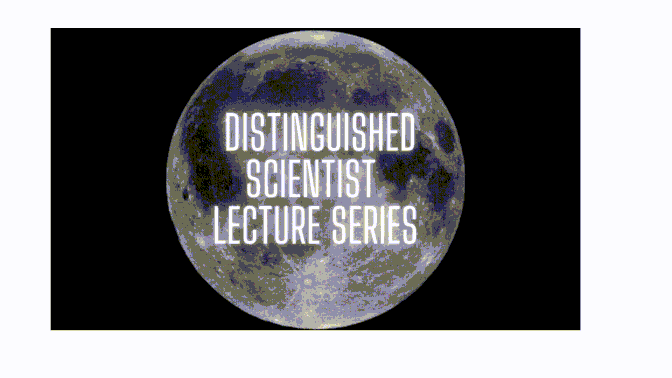
Antibody and T-cell Receptor Specificity and Structure--What Is New in Hyperoariable Regions
Loading...
Files
Download Transcript (262 KB)
Description
(Abstract text from the accompanying Program for 1992-93 DSLS series).
Elvin A. Kabat is Higgins Professor Emerirus of Microbiology, Columbia University. Born of parents who emigrated to the United States from Russia and Lithuania, Elvin Kabat entered the College of the City of New York at the age of fifteen, graduating at the age of eighteen with a B.S. in chemistry. He then became the first graduate student of Michael Heidelberger at Columbia College of Physicians and Surgeons, receiving an M.A. in 1934 and a Ph.D. in 1937, at the age of twenty three. From 1937 to 1938 Dr. Kabat was a Rockefeller Foundation Fellow at the Institute of Physical Chemistry in Uppsala, Sweden, working in the laborarories of The Svedberg and Arne Tiselius. After three years as an instructor of pathology at the 4 Cornell Medical College, Dr. Kabat returned to Columbia, where he rose from Research Associate in Biochemistry to Assistant, then to Associate Professor of Bacteriology, then ro Professor of Microbiology, and finally to Higgins Professor of Microbiology. Dr. Kabat "retired" in 1985 as Higgins Professor of Microbiology Emeritus. He now spends four days a week at his lab at the College of Physicians and Surgeons and two days a week at the National Institutes of Allergy and Infectious Diseases, National Institutes of Health. Among Dr. Ka bat's many a wards are his election to both the National Academy of Sciences and the American Academy of Arts and Sciences, the Eli Lilly Award in Bacteriology and Immunology, the Louisa Gross Horwitz Prize, the Academy Medal of the ew York Academy of Medicine, and the National Medal of Science. His work: Dr. Kabat discovered that antibodies are proteins (gamma-globulins, as defined by electrophoresis), and he has devoted his career to the elucidation of their structure. He found that antibodies differed from one another in "hypervariable" regions, and he predicted correctly that these regions would be involved in binding to target antigens. He thus is one of the founders of the field of immunochemistry. Among his over 400 scientific publications are the well-known books Experimental Immunochemistry, Structural Concepts in Immunology and Immunochemistry, and Sequences of Proteins of Immunological Interest.
Keywords
Bacteriology, Immunology
Creation Date
November 14, 1992
Recommended Citation
Kabat, Elvin A., "Antibody and T-cell Receptor Specificity and Structure--What Is New in Hyperoariable Regions" (1992). DSLS 1992-1993. 2.
https://digitalcommons.bard.edu/dsls_1992_1993/2
Transcript

